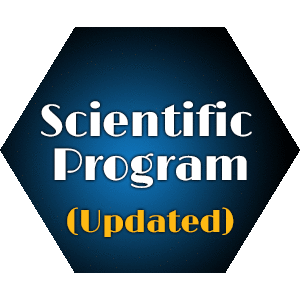
Biography
Biography: Agnes Molnar
Abstract
Case of a morbidly obese 45 year old woman (BMI 50) undergoing a minor day case procedure with planned general anaesthesia and intubation who, after a standard induction including suxamethonium, presented a challenging airway and bronchospasm simultaneously. Haemodynamics initially were uncompromised with the main issues being sudden onset significant desaturation and bronchospasm which was managed after intubation with endotracheal salbutamol. Skilled assistance was sought from anaesthetic and intensive care colleagues. Rocuronium administration was then required after successful intubation had been confirmed and after saturations had improved, to facilitate further stabilization when the patient started to wake and cough on the endotracheal tube. After rocuronium was administered the ongoing bronchospasm and desaturation worsened again with subsequent haemodynamic instability. The patient’s body habitus made NIBP monitoring unreliable and difficult intravenous access further hindered attempts to fluid resuscitate, necessitating insertion of an arterial line and central venous catheter. Small boluses of adrenaline were administered for low blood pressure and in view of ongoing instability it was decided that surgery should be abandoned, and she was transferred to the intensive care unit intubated, where she was managed with a noradrenaline infusion. Mast Cell Tryptase was sent for suspected anaphylaxis after 28 hours when attempts at weaning from the ventilator proved difficult, despite having been haemodynamically stable and off vasopressors for more than 12 hours. Mast Cell Tryptase came back elevated and subsequent formal allergy testing confirmed a positive reaction to both suxamethonium and rocuronium. Despite quite a brief period of significant desaturation the patient unfortunately sustained hypoxic brain injury, although she has been able to return home and her cognitive function continues to improve. The case highlights the difficulties in managing emergency scenarios in situations where; More than one crisis occurs simultaneously (difficult airway management and anaphylaxis presenting initially with isolated bronchospasm); Morbidly obese patients present specific challenges regards to monitoring and iv access, delaying resuscitation efforts. Team leadership is not clearly defined in a scenario where several equally qualified experts are present.

